What is a “Rare Rare” Genetic Condition?
It is interesting to note the prevalence of conditions such as trisomy 18, 13 and 9 vary between one in 5000 to 9000. This translates to a low incidence and, oftentimes, corresponding negative views on medical interventions and beliefs about a minimal quality of life.
Yet, there is another group. A group of individuals with “rare rare” genetic conditions such as trisomy 4p with inverted duplication, partial trisomy 6p and mosaic trisomy 8 are also part of the Tracking Rare Incidence Syndromes (TRIS) project.
Some of these individuals are quite high functioning, with verbal, ambulatory and advanced cognitive abilities. There are others who function at a lower level and need assistance with most tasks of daily living. What is important to remember is these children and adults need representation, a voice to fight for their most basic rights. Parents with children with the more common trisomy conditions have banded together via social media such as Facebook, support groups and such.
For the “rare rares” this is not so easy. Finding another child with the same diagnosis is not as easy with the partial piece at a specific location on the sixth chromosome for example. Some parents only connect with a few others but may find their child or adult functioning at a very different level so discussion about common questions and needs may not occur. The TRIS project tries to address this by reaching out to parents with children and adults with “rare rare” conditions and build a community of sorts. I say of sorts because it is a virtual community but connections nonetheless.
I have been fortunate to meet a number of “rare rare” individuals and keep tabs on others via Facebook. What I have come away with is an increased understanding of diversity at a different level. Every time I think I grasp the characteristics associated with a new genetic condition, I learn I need to learn more. The TRIS project has brought me in contact with such wonderful people who have all taught me so much. Parents with “rare rare” offspring are uniquely positioned to inform and inspire us. They do persevere. They don’t take “no” for an answer.
They advocate for their children with a passion like no other. I am humbled and so pleased for their participation in the TRIS project. I hope in writing this and pushing on with the project I can, in some small way, give back to them what they’ve given me.
Thank you for reading these entries. Please consider keeping up with the TRIS project through Facebook.




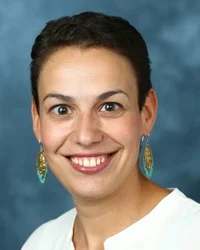
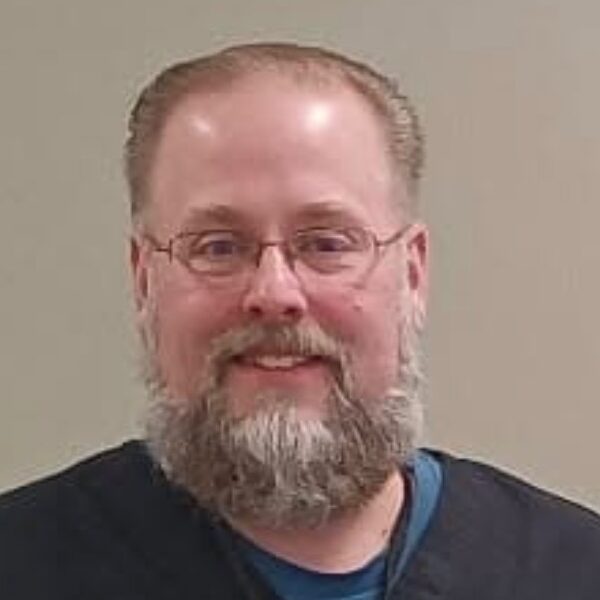

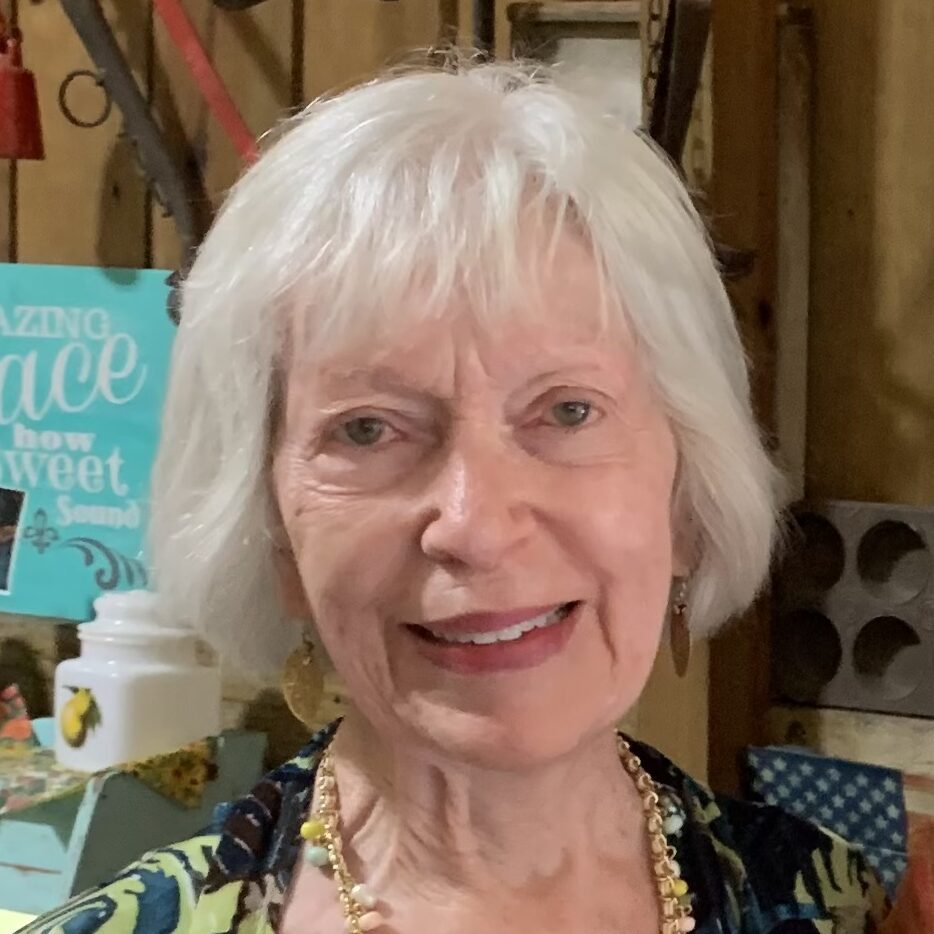

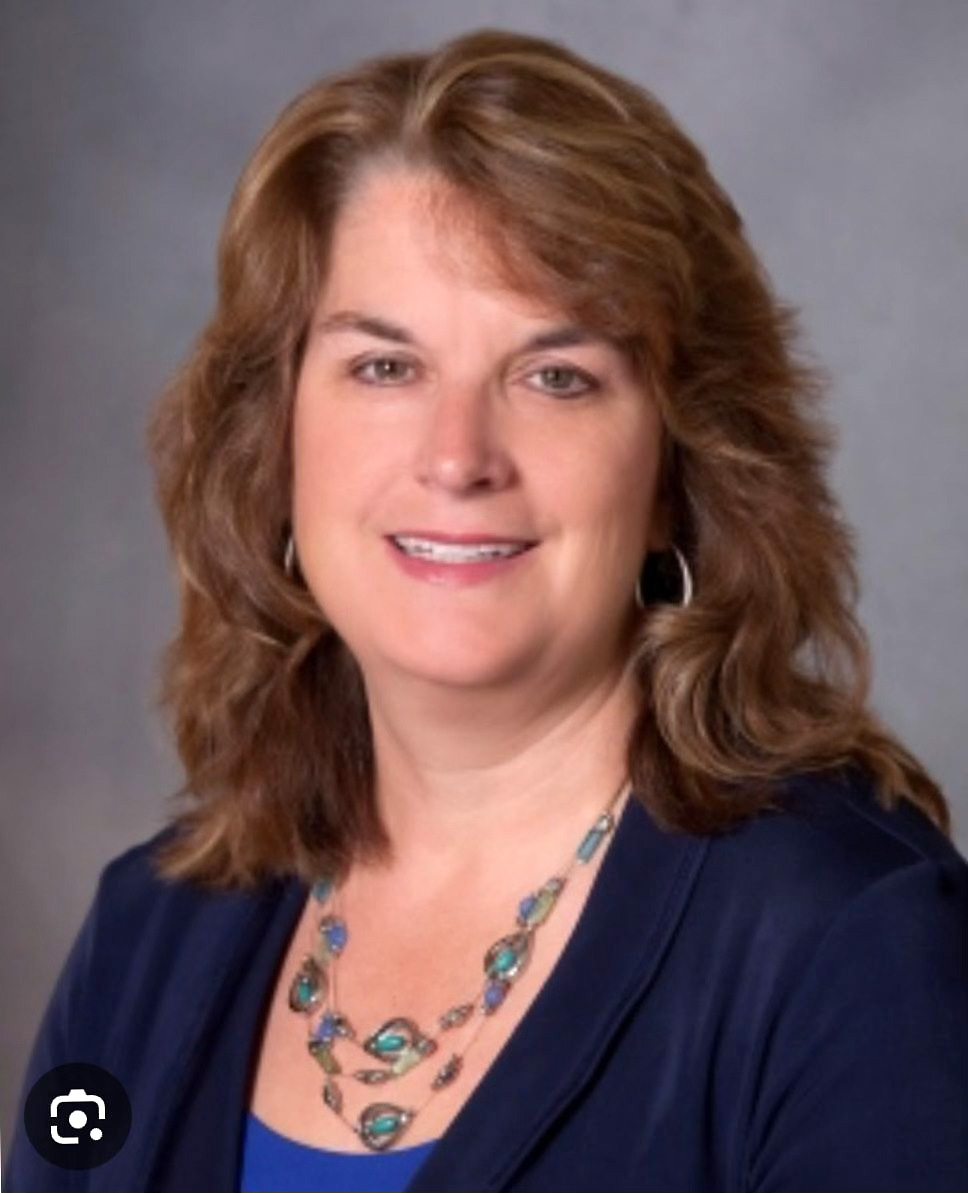
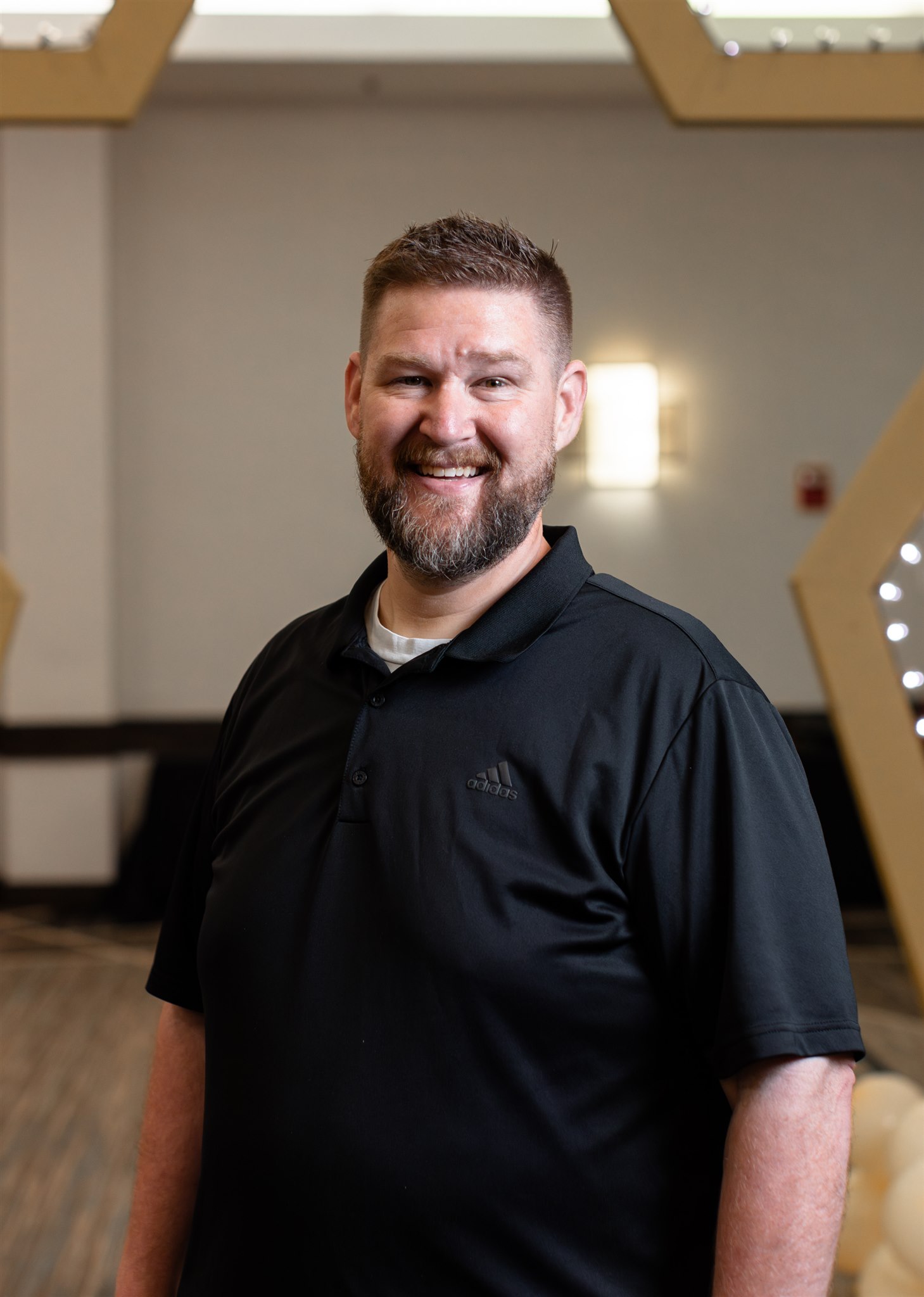
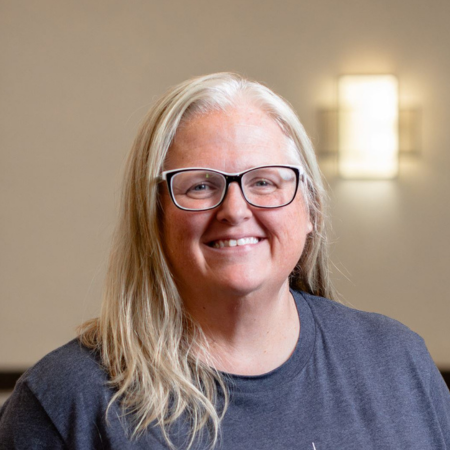

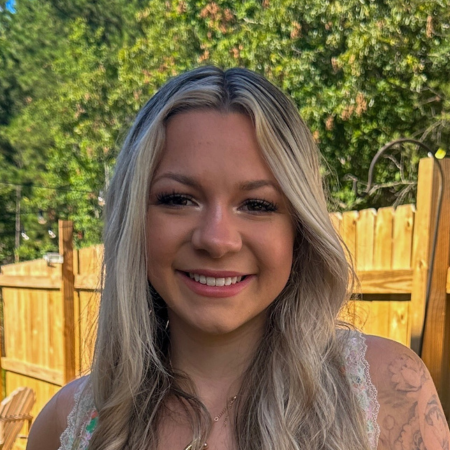
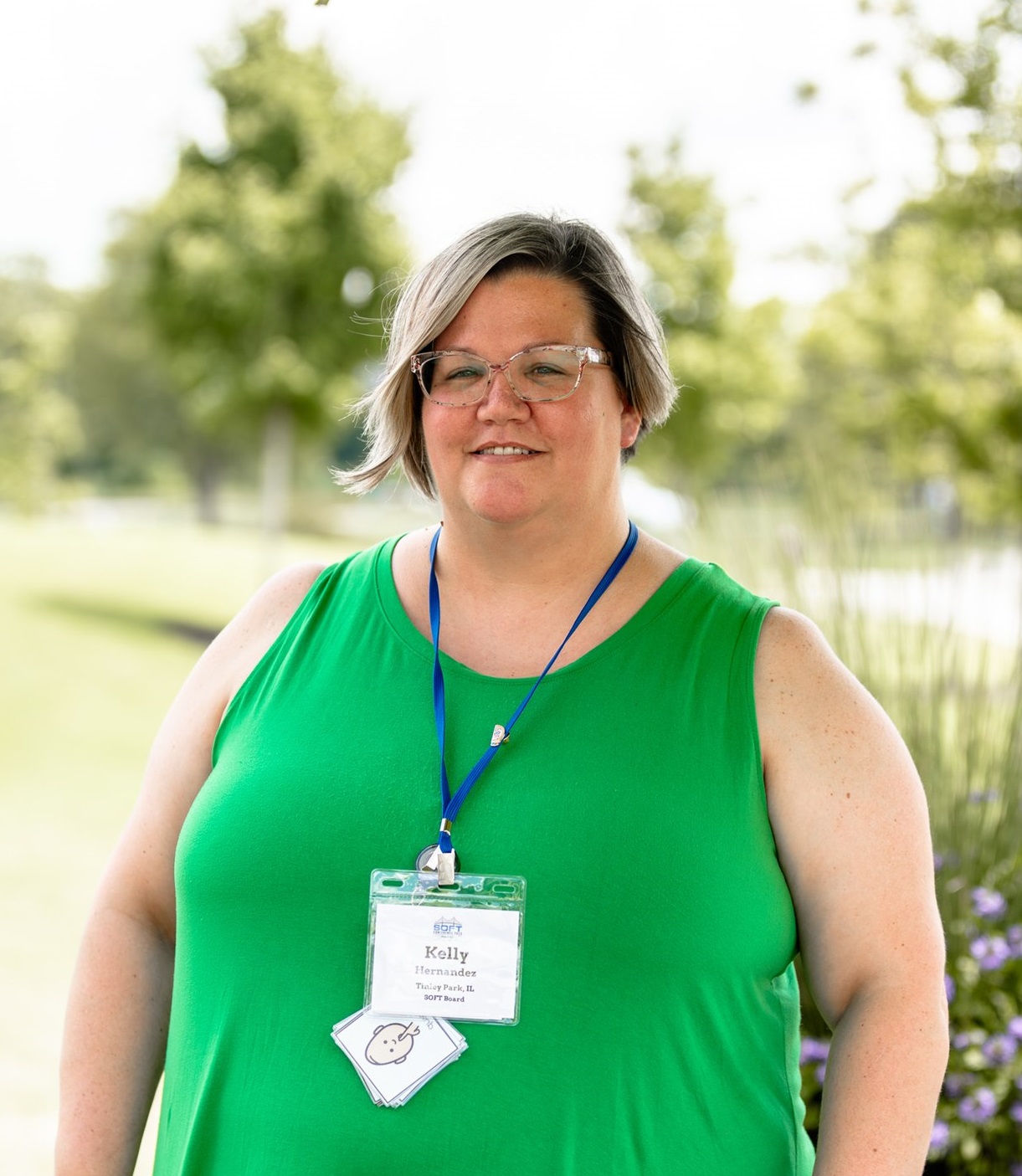
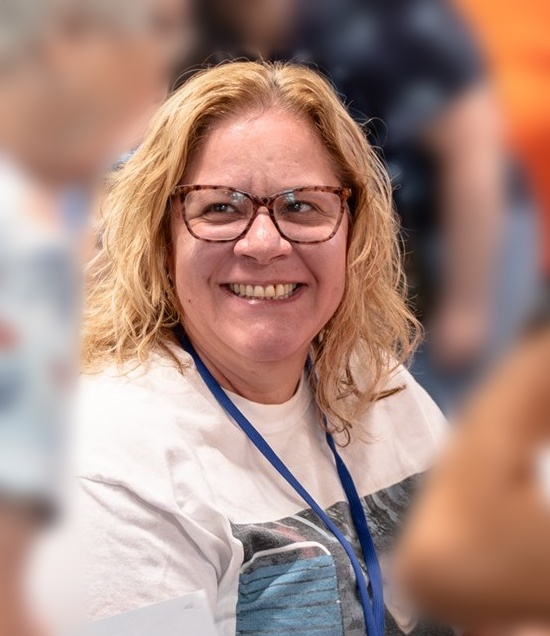
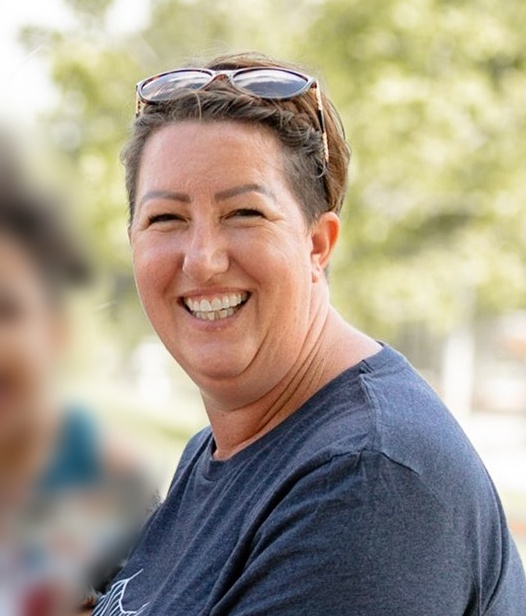
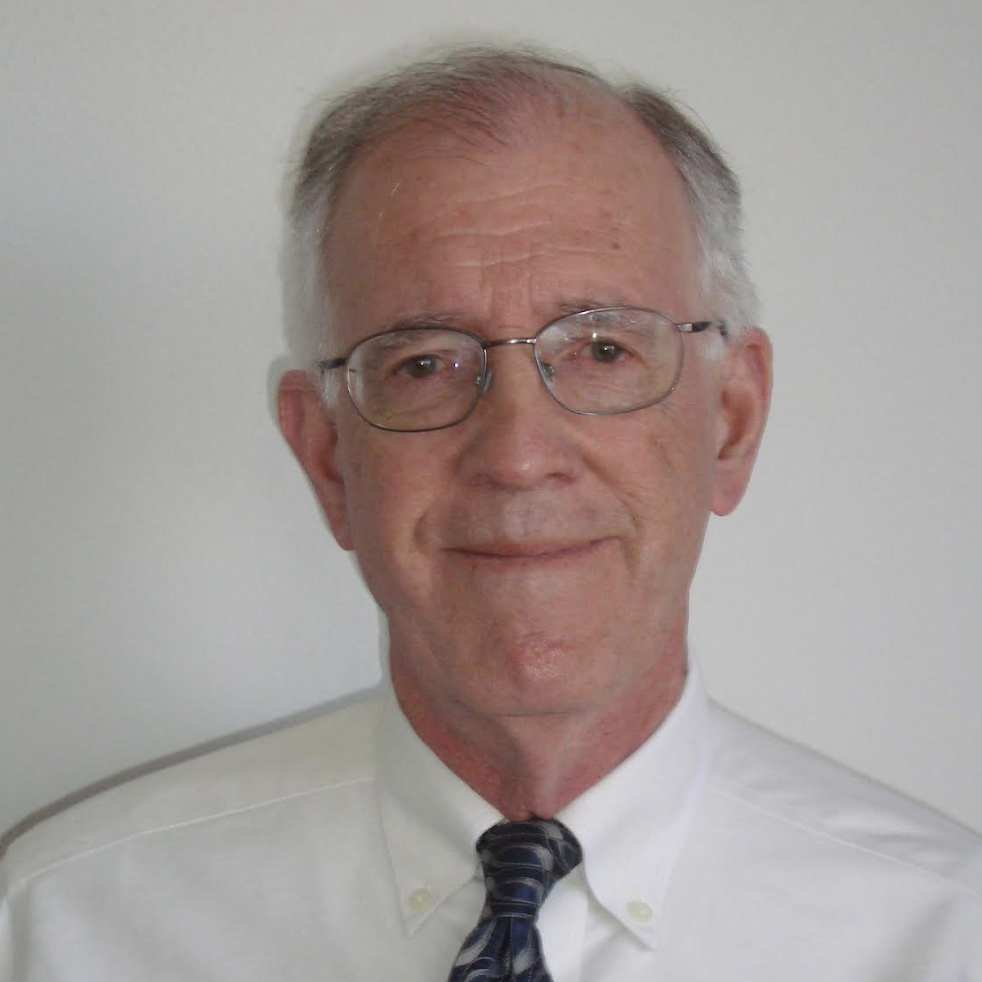
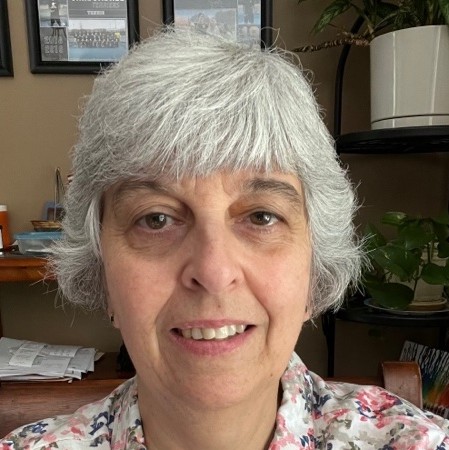
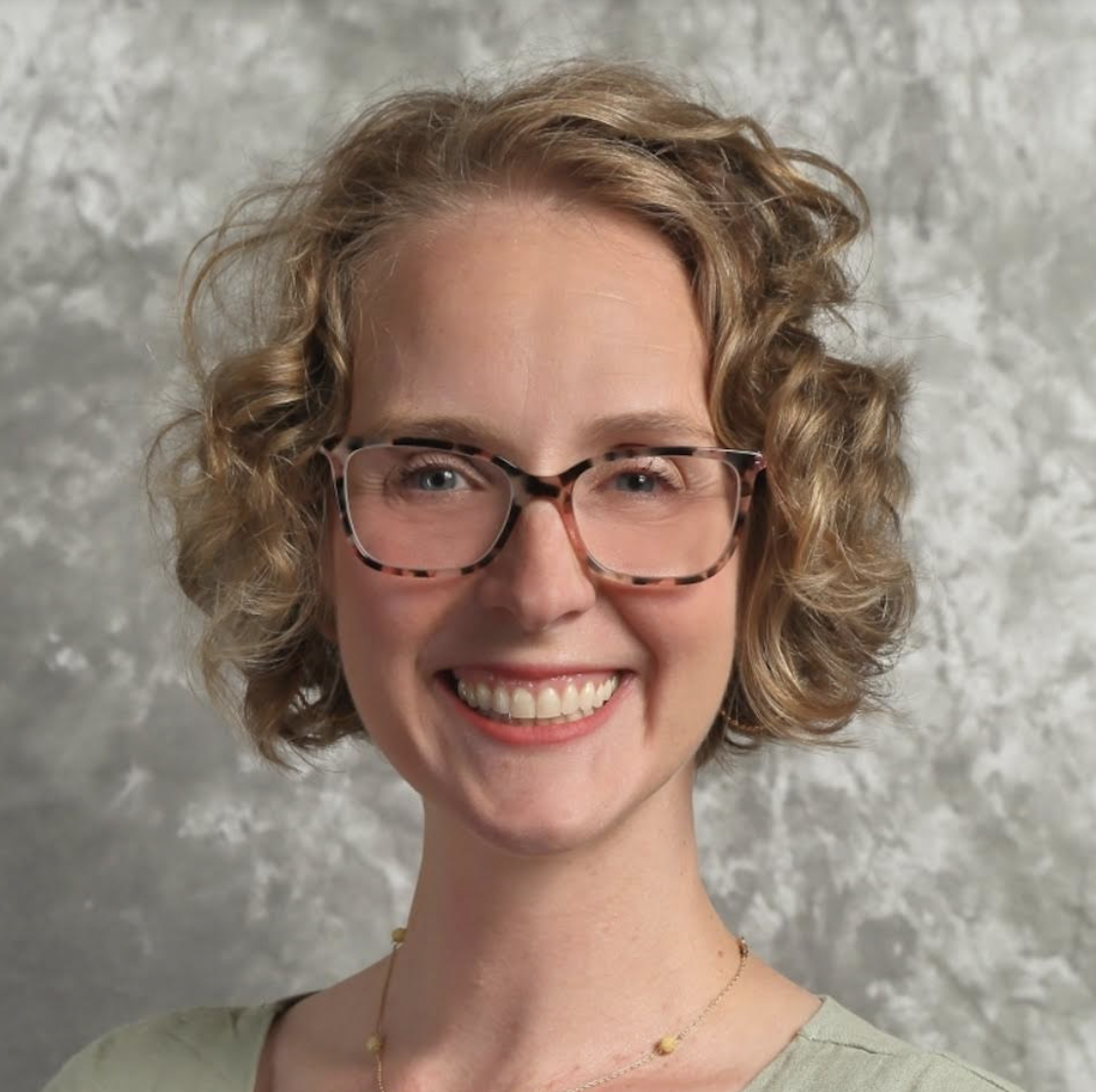
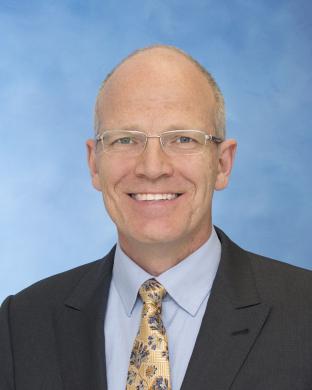
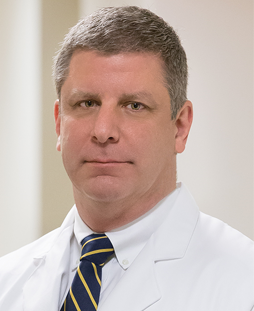

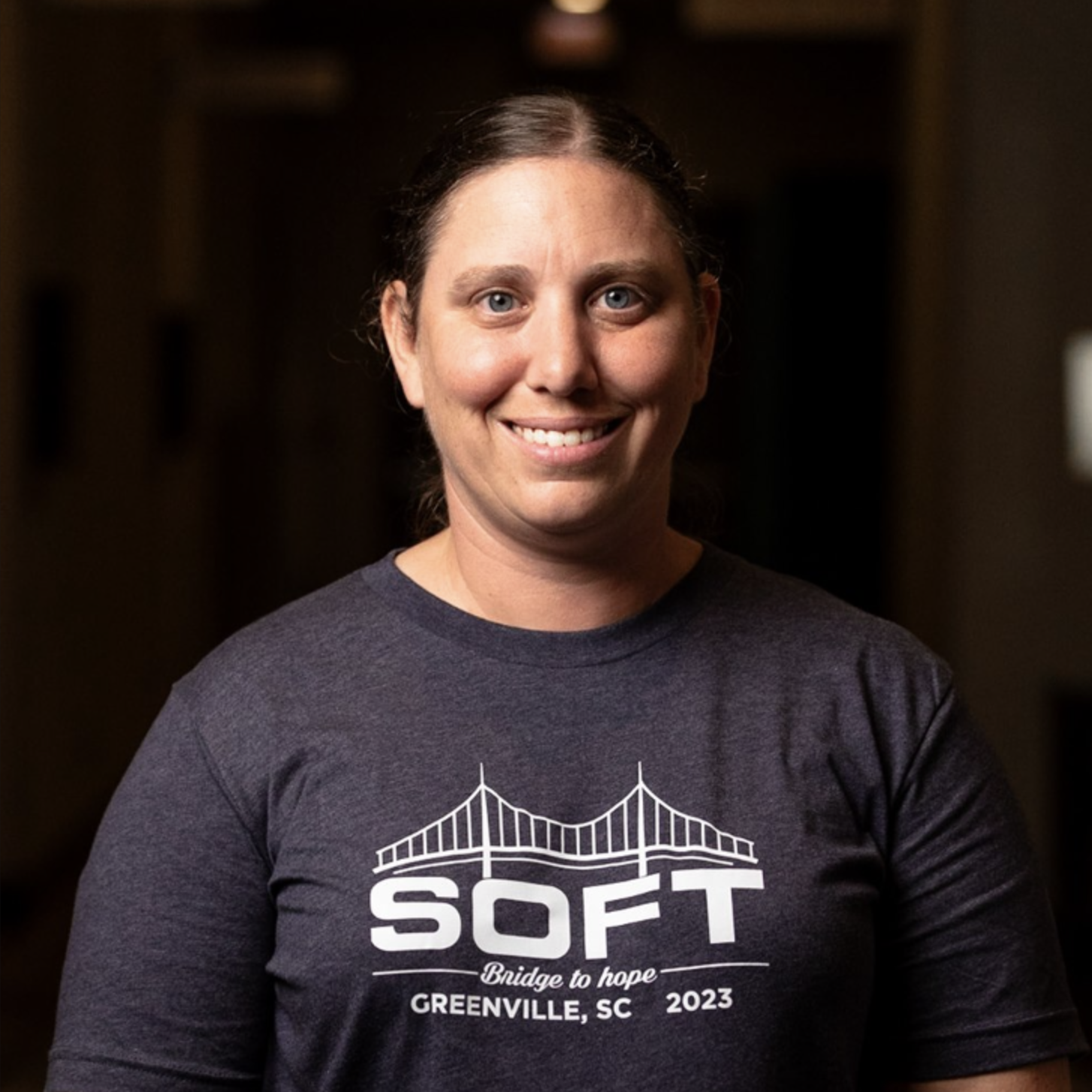



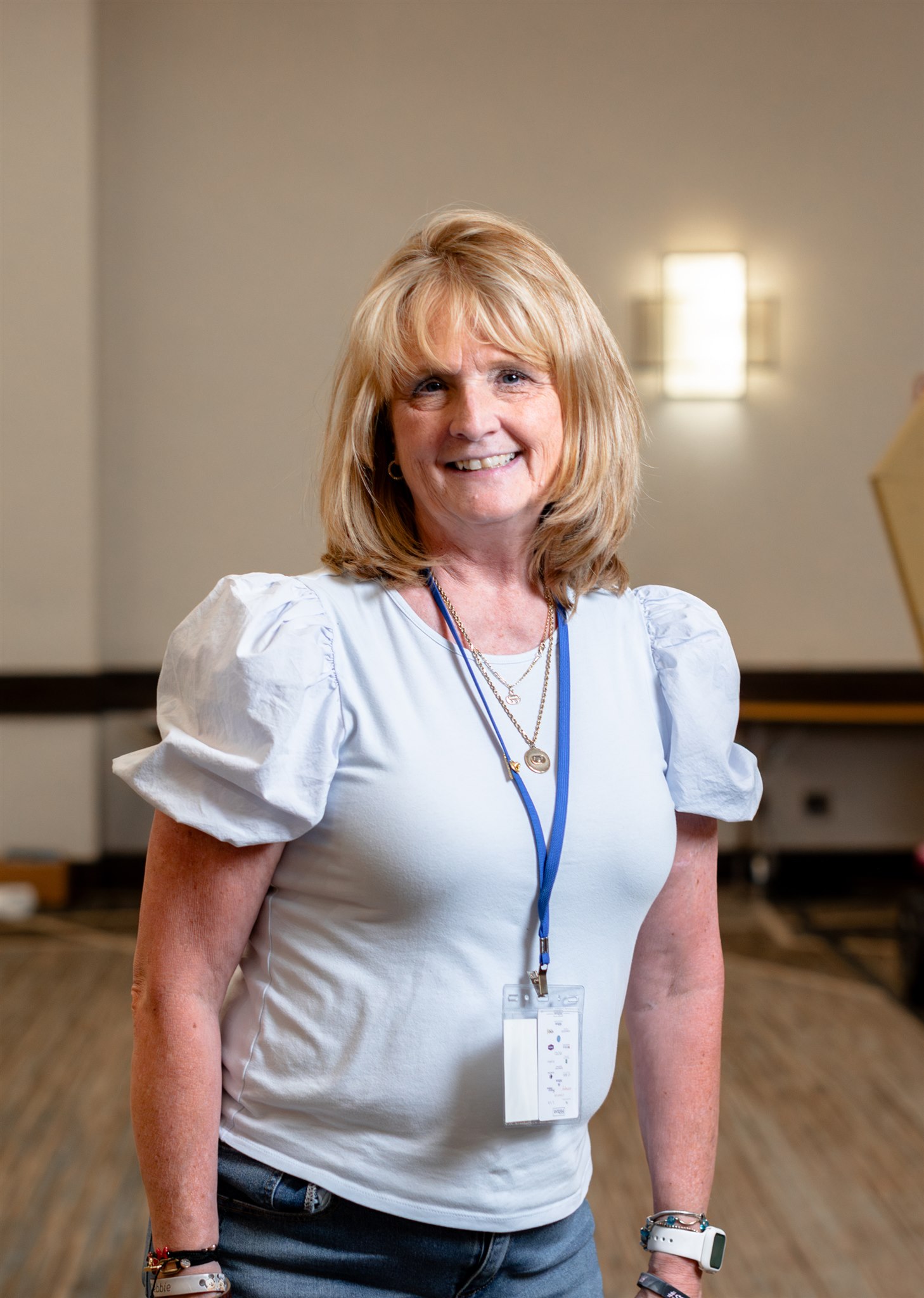
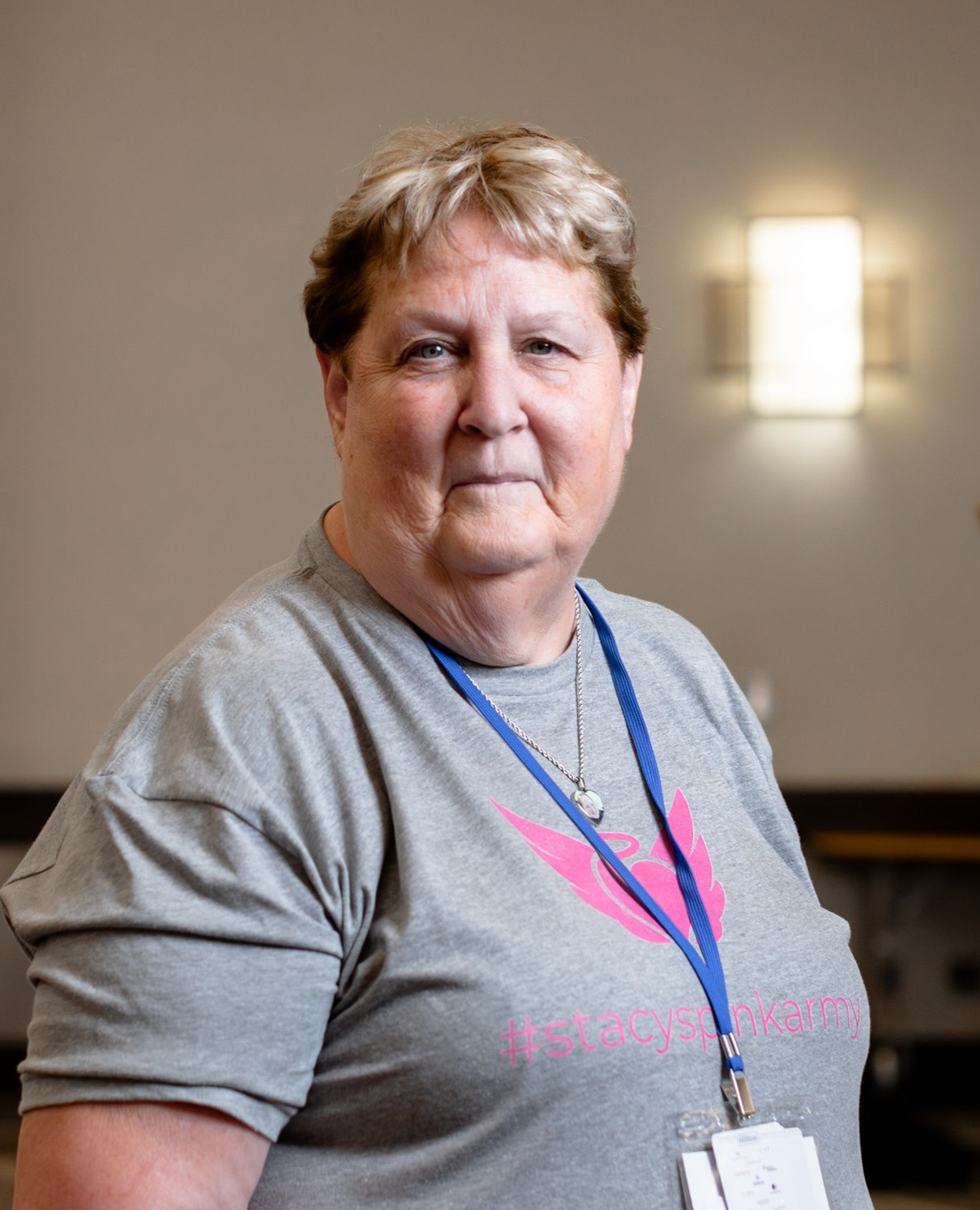
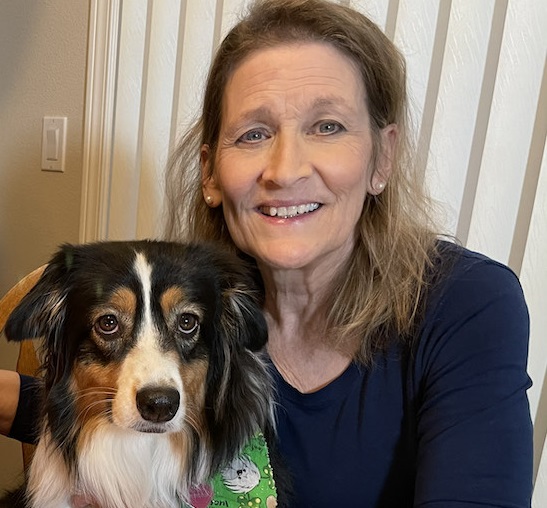
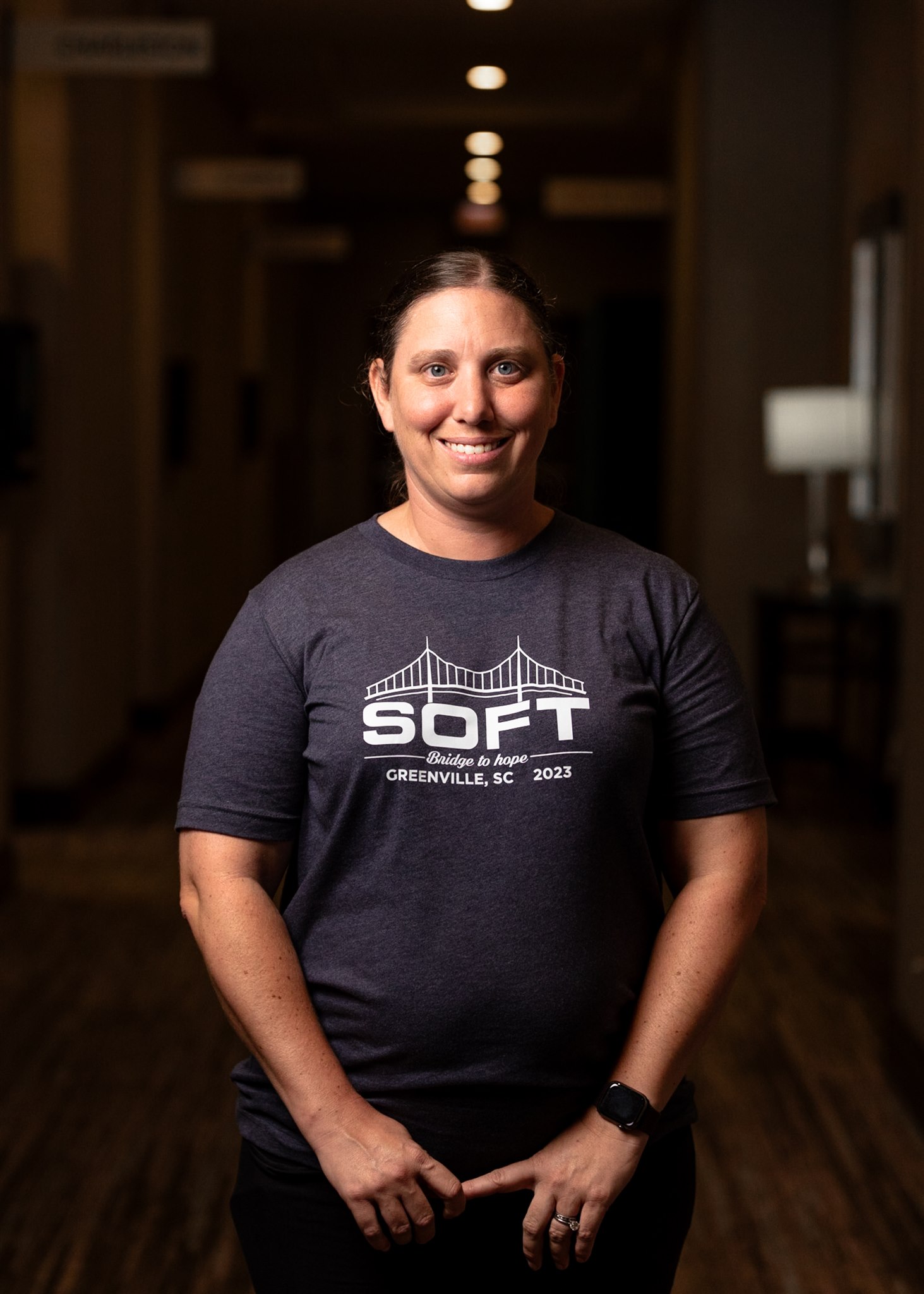
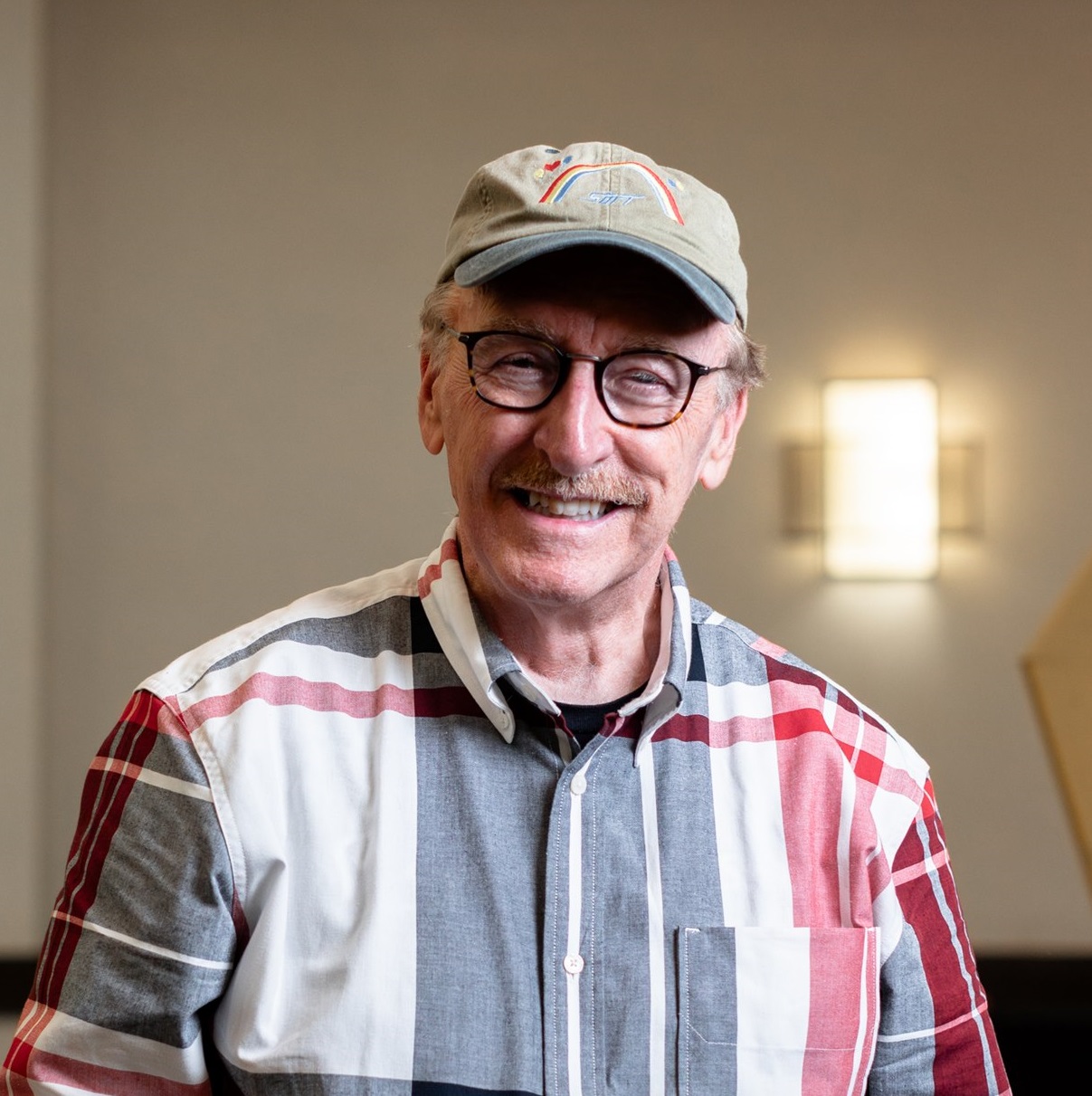

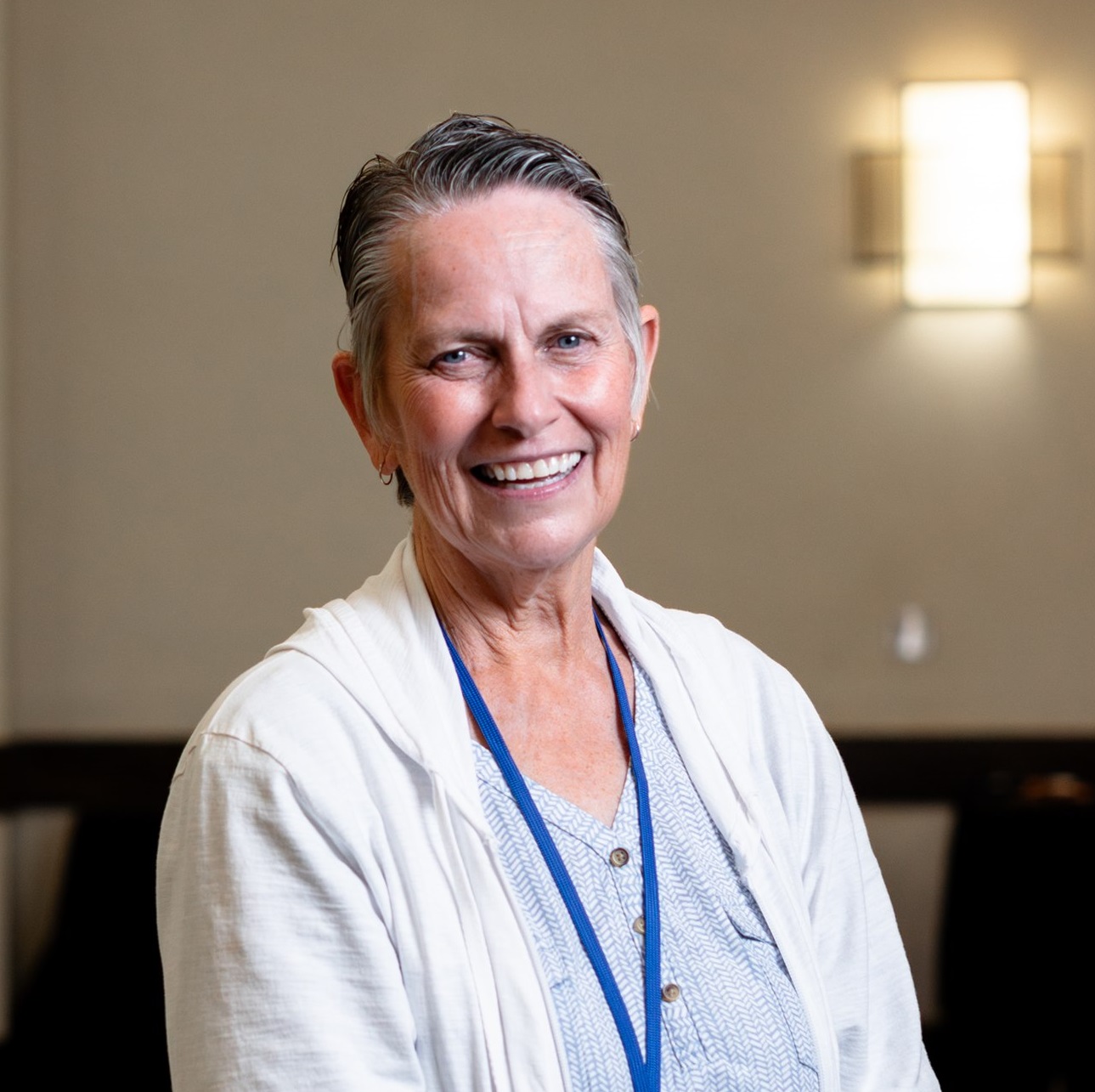

Recent Comments